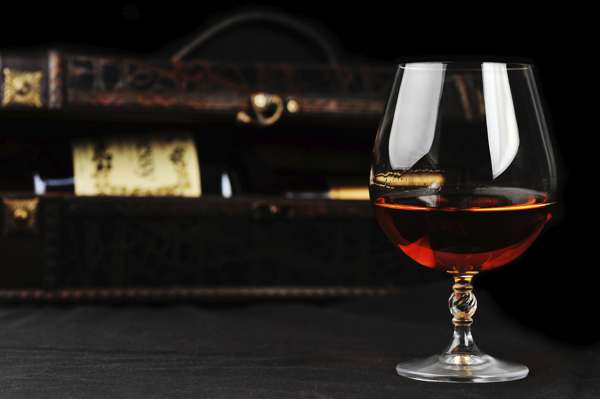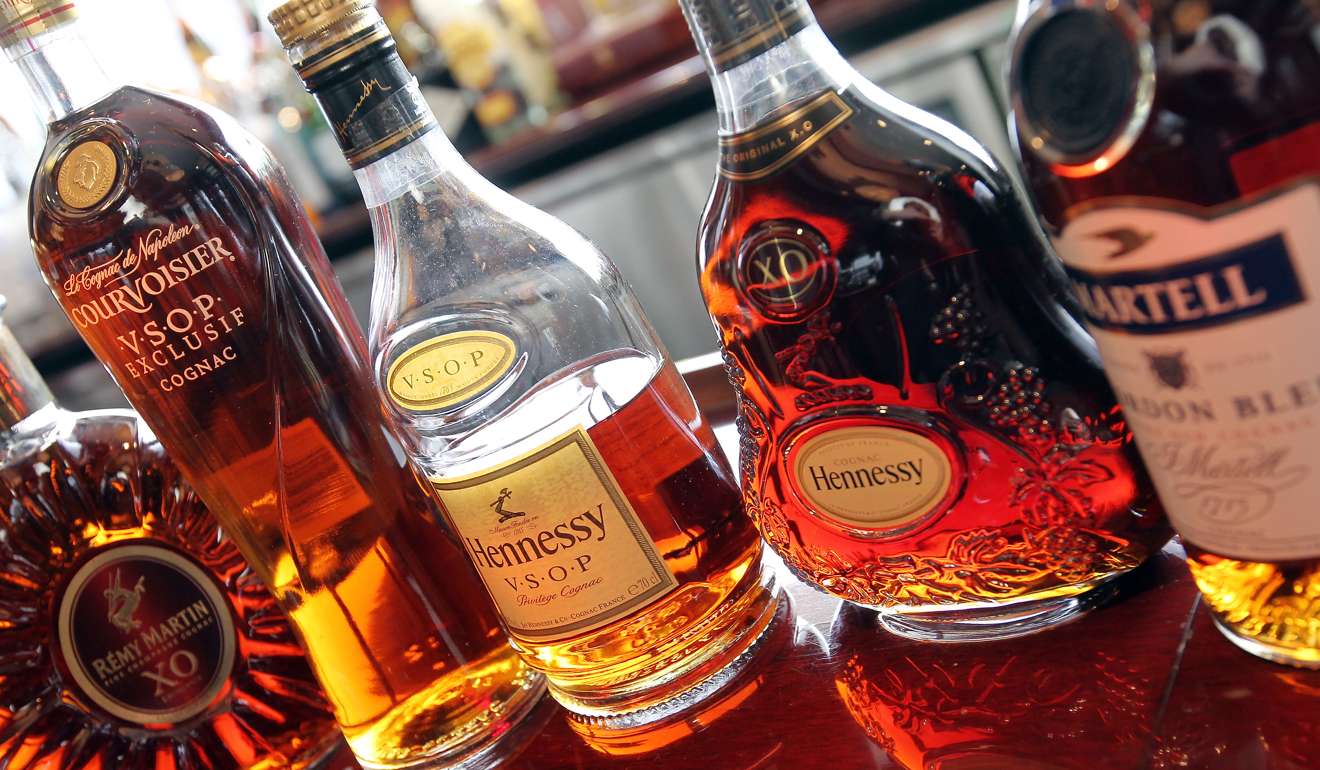
Western-style spirit sales hit US$700m last year, and are expected to rise another 71.5pc by 2020
Morgan Stanley suggests that after tough times between 2012 and 2015, sales are picking up, with Cognac and Whisky highlighted as doing especially well
Morgan Stanley is expecting a sharp rise in the consumption of Western-style spirits (WSS) in China, after what has been a painful couple of years for sales amid the government’s anti-graft measures.
Driven by a combination of rising middle-class income and a culture of gifting and banqueting, WSS sales accelerated rapidly in the early 2000s, rising almost nine-fold in value the following decade between 2002 to 2012, albeit from a low base, Morgan Stanley said.
“This heady growth rate began to falter in 2012 when the government’s anti-extravaganza campaign cracked down on government officials’ excessive gifting and banqueting, ostentatious and conspicuous consumption,” said Olivier Nicolai and Louise Singlehurst, Morgan Stanley analysts in its latest report on the sector.

From 2012 there was a moderate decline in WSS in China, with a sharp contraction in darker Western spirits, including Cognac, Scotch Whisky and other whiskies.
Cognac proved more resilient, but still saw double-digit declines in 2013 and 2014, driven by contraction in volume and price ranges.
“But this was not a phenomenon specific to WSS. Other luxury goods in China were also being impacted,” said Nicolai. “But the most recent data and commentary from companies looks more encouraging.”
The report uses cautious phrases such as “early signs of improvement”, but Nicilai insists signs of good early sustained improvement in WSS consumption in China are on the horizon.
Morgan Stanley estimates the WSS sector generated profits of US$700 million in the country last year, and suggests those could increase by another US$500 million by 2020, a 71.5 per cent rise.
Its economists also believe China will shift even more quickly towards a consumption-oriented economy over the next decade, with private, quality buying expected to rise to 47 per cent of GDP in 2030 from 39 per cent currently.
Boston Consulting Group suggests upper-middle-class Chinese consumers aged 35 and younger are now spending 40 per cent more, on average, rather than the older generation on similar incomes, which is clearly a positive indicator for the premium alcoholic spirits market.
Following a decade of nearly uninterrupted double-digit growth, 2013 to 2015 were difficult times for Cognac sales in the country.

According to the Bureau National Interprofessionnel du Cognac (BNIC), a website representing the French drink, Cognac shipments have shown a strong uptick in shipments, both by volume and in value terms, which are now on a positive six-month roll.
Recently industry commentary from the main listed players also augers well.
Remy, for instance, said depletion levels were in high single digits by volume and low double digits by value at their third-quarter stage.
“Consensus expectations remain cautious on the sustainability of these improving trends, which we think misses the more sustainable improvement in the Chinese market for WSS,” said Nicolai.
Having been down by double digits in 2012 and 2013 (volume and even more in value terms) across a range of prices, according to IWSR, a leading source of data and analysis on the alcoholic drinks market, they rose in 2015.
More recent data on Cognac shipments to Asia show that on a 12-month rolling basis, both volume and value growth have turned sharply positive, compared with some especially tough market conditions in the years before.
Similarly to Cognac, Scotch Whisky and other whiskey sales were negatively impacted by the Chinese government’s anti-graft campaign, said Nicolai.
Less-well established in China than Cognac, Scotch Whisky’s decline was more pronounced than Cognac’s with four consecutive years of falling sales 2012 to 2015, which lost the product considerable market share to Cognac.
The outlook for Scotch, and other whiskies from Canada, Ireland, India and Japan, for instance, are also showing early signs of recovery.

